When it comes to northern Europe, the terms “Scandinavian” and “Nordic” are often used interchangeably. However, they do actually have distinct meanings.
In particular, these terms refer to different aspects of the culture, history, and geography of the region, and so can be a bit confusing for those who are not familiar with them.
Fortunately, I’m here to help! In this article, I’ll explore the difference between being Scandinavian vs Nordic, as well as delve into what it means to identify as one over the other.
From the history of the Vikings to the modern-day countries in the region, I’ll uncover the unique characteristics and nuances that make this region so special.
So, whether you’re planning a trip to the Nordic countries or simply curious about the Scandinavian region, read on to discover the rich culture and heritage of this great part of the world.
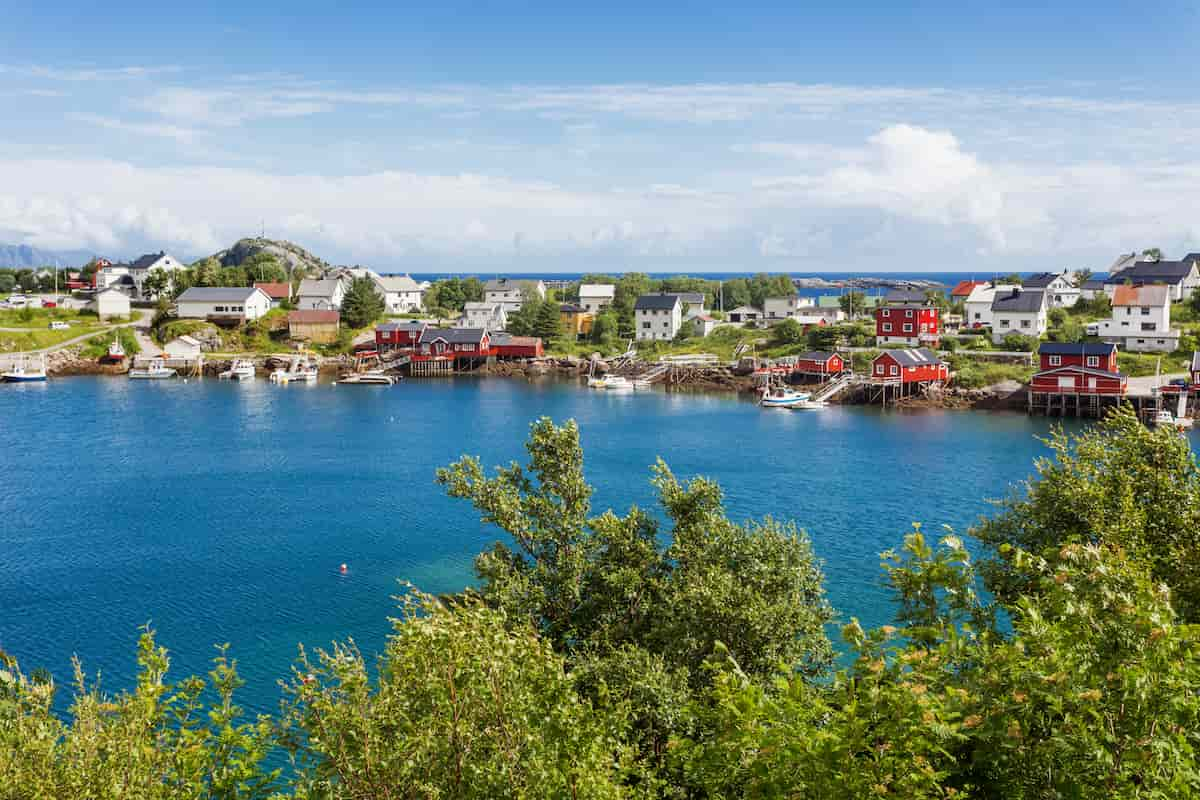
Table of Contents
What’s the difference between Scandinavian and Nordic?
Scandinavia is a geographic region that includes Norway, Denmark, and Sweden, all of which are located on the Scandinavian peninsula. These countries share similar histories, languages and cultures. On the other hand, the Nordic region includes not only Scandinavia but also Finland and Iceland.
Both the Scandinavian and Nordic countries are known for their progressive attitudes and high standard of living. They have a robust welfare system and a high level of education, which has led to a relatively equal distribution of wealth.
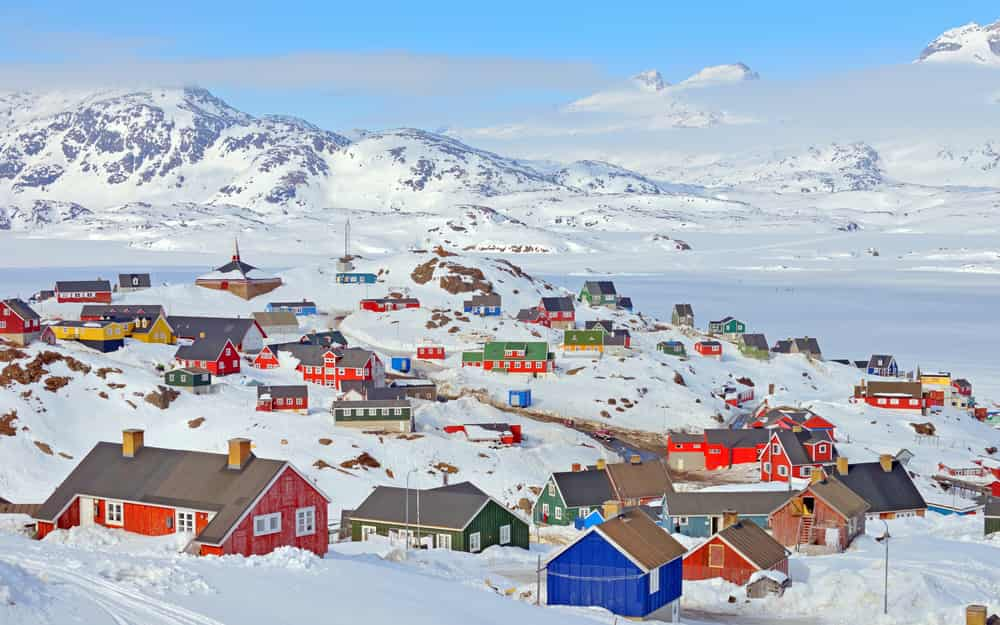
However, despite many similarities, they also have their own unique characteristics. This difference is even more apparent when it comes to the Nordic countries that aren’t Scandinavian.
Notably, Finland and Icelandic have very different official languages from the other three countries. Finland also has some shared aspects with Russia, largely due to its history including a period of occupation by Russia.
Scandinavian vs Nordic geography
Geographically, the main difference between Scandinavian and Nordic countries is that Scandinavia refers to the three countries of Norway, Denmark, and Sweden, all of which are located on the Scandinavian peninsula, while the Nordic countries include these three countries as well as Finland and Iceland.
Scandinavia is located in Northern Europe and is made up of the Scandinavian Peninsula, which is connected to the European mainland, and various islands.
The Nordic countries, on the other hand, are located in the northern part of Europe, just not necessarily only on the Scandinavian peninsula.
That said, these countries are very close to one another, with all of them being known for their cold climates, long winters and beautiful landscapes. Throw in some Icelandic volcanoes and you’ve got a truly beautiful part of the world.
Scandinavian vs Nordic languages
When it comes to language, the Scandinavian countries share a common linguistic heritage, while the exclusively Nordic countries of Finland and Iceland do not. That is, the three countries of Norway, Denmark, and Sweden all have Germanic roots and speak a language that is closely related to each other, to the point that they’re considered mutually intelligible.
This means that speakers of one language can understand speakers of the other language to a large degree.
The Nordic countries, on the other hand, include not only the Scandinavian languages but also Finnish and Icelandic. These are the official languages of Finland and Iceland respectively and are not at all related to the Scandinavian languages.
The outcome of this is that speakers of these languages will often have difficulty understanding the three Scandinavian languages given their very different roots.
You may also be interested in: What Language Do Swedish People Speak? (Not Just the Obvious One!)
Scandinavian vs Nordic culture
When it comes to culture, the Scandinavian and Nordic countries share many similarities, one of the main ones being a strong sense of community and a deep appreciation for nature.
The people of these countries have a long tradition of outdoor activities such as hiking, fishing, and hunting in Sweden, and have a strong connection to their cultural heritage and history.
Another similarity is the progressive attitudes and high standard of living. As mentioned before, the Nordic and Scandinavian countries have robust welfare systems that provide for the needs of all citizens, and a high level of education which has led to a relatively equal distribution of wealth.
Scandinavian vs Nordic style
The Nordic and Scandinavian countries are known for their clean and minimalistic design, which is reflected in everything from furniture to fashion. The concept of “hygge” is a central aspect of the Nordic and Scandinavian culture, and is reflected in the way people design their homes, the way they dress and the way they entertain themselves.
Another similarity is the emphasis on functionality and simplicity in design. The Nordic and Scandinavian countries are known for their simple yet elegant design style, which is characterized by clean lines, natural materials, and a focus on functionality.
However, there are also some distinct differences in style between the Nordic and Scandinavian countries, particularly in the sense of certain countries having their own features. For example, Iceland is known for its woolen textiles, largely thanks to its climate making these a necessity before they were a style choice!
What does it mean to be Scandinavian?
Being Scandinavian is to come from one of the three countries on the Scandinavian peninsula, namely Denmark, Sweden and Norway. It can also involve identifying with the shared aspects of the cultures, languages, and heritages of these countries.
All three are known for their strong sense of community, deep appreciation for nature, and emphasis on a high standard of living through progressive attitudes and robust welfare systems.
Despite this, it can be hard to identify some distinctly “Scandinavian” aspects vs “Nordic” ones. After all, Finland and Iceland also have a very high standard of living and strong welfare networks in place.
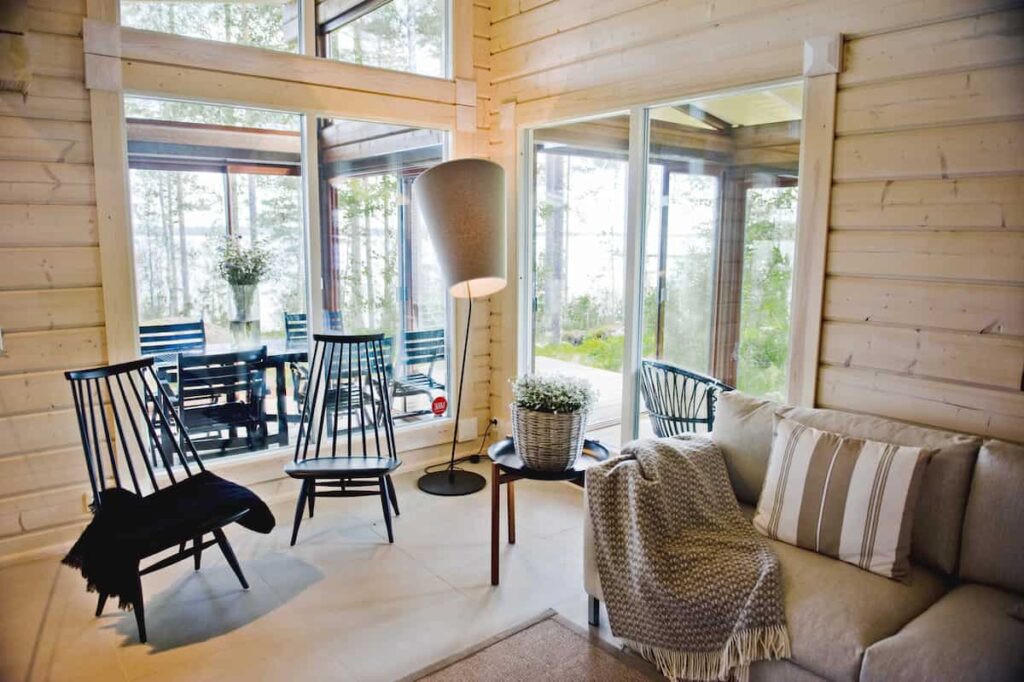
In addition, Denmark, Norway and Sweden are still three distinct countries with their own specific attributes so can’t always be neatly grouped together.
Nevertheless, some similarities can definitely be identified. For example, design and architecture are important aspects of Scandinavian culture.
As mentioned earlier, the region is known for its minimalistic and functional design, which is reflected in everything from furniture to fashion.
Scandinavian cuisine is also an important aspect of the culture, and is heavily influenced by the region’s natural resources, such as seafood, game, and wild berries. The cuisine is simple, hearty, and often organic.
Related: Blueberry Season in Norway: The Ultimate Guide (2022)
What does it mean to be Nordic?
Being Nordic refers to coming from one of the five Nordic countries: Norway, Denmark, Sweden, Finland, and Iceland. It can also involve identifying to some extent with the shared cultural, political and historical attributes of these countries.
The Nordic countries all have a strong sense of community and a deep appreciation for nature, similar to the Scandinavian countries. Despite what can often be long, cold winters, Nordic people have a strong bond with nature and its changing seasons, which is also reflected in their traditional and modern art.
The Nordic countries also have a rich cultural heritage, with a long history of literature, music, and art. They are also known for their progressive attitudes and high standard of living, similar to the three Scandinavian countries.
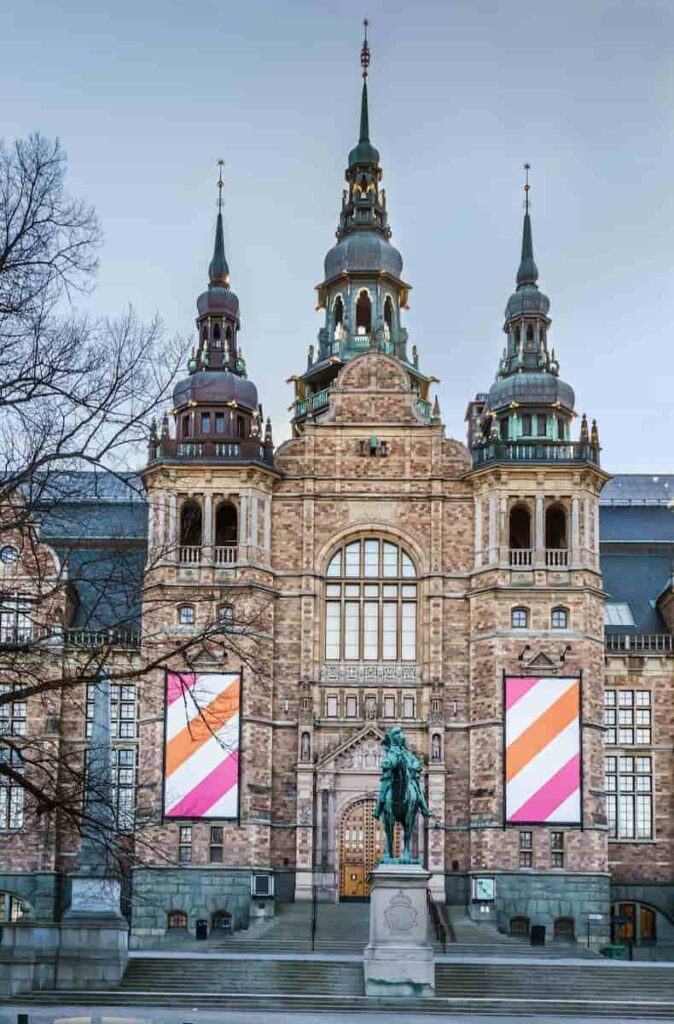
But what particularly defines them is their membership in the Nordic Council. This is an inter-parliamentary forum that promotes cooperation and coordination among the Nordic countries.
It was established in 1952 and is made up of representatives from Denmark, Finland, Iceland, Norway, and Sweden, as well as from the Faroe Islands, Greenland, and Åland. The council meets twice a year to discuss and coordinate policies on a wide range of issues, such as environment, economy, education, and culture.
The Nordic Council also plays a role in promoting and preserving the Nordic culture and heritage, through initiatives such as the “Nordic Culture Fund” and the “Nordic Council Literature Prize”.
Were Vikings Nordic or Scandinavian?
The Vikings were Scandinavian, given that they originated from the Scandinavian countries of Norway, Denmark, and Sweden. While there were some Viking settlements in Finland and Vikings did reach Iceland, these weren’t the main focus of their activity during the Viking era and so it’s not correct to call them Nordic.
They were known for their seafaring and trading activities, as well as their raids and conquests, which took them as far as North America, Africa and Asia.
However, with the majority of their civilization based in what we now call Scandinavia, despite some activity in the wider Nordic region (and beyond), it’s correct to say that Vikings were Scandinavian.
You may also be interested in: What Did Vikings Look Like? (Ultimate Historical Guide)
Are Scandinavian and Norse the same?
No, Scandinavian and Norse are different terms that refer to different aspects of the culture and history of the region. Scandinavian refers to the three countries of Norway, Denmark, and Sweden, and their culture, language, and heritage. Norse, on the other hand, refers to the ancient people of Scandinavia, including the Vikings.
When we refer to someone or something being “Scandinavian”, it generally encompasses the modern day political and geographic boundaries of the three countries I mentioned earlier and their people, culture, language and traditions. It also includes the contemporary societies and their way of life, values, and customs.
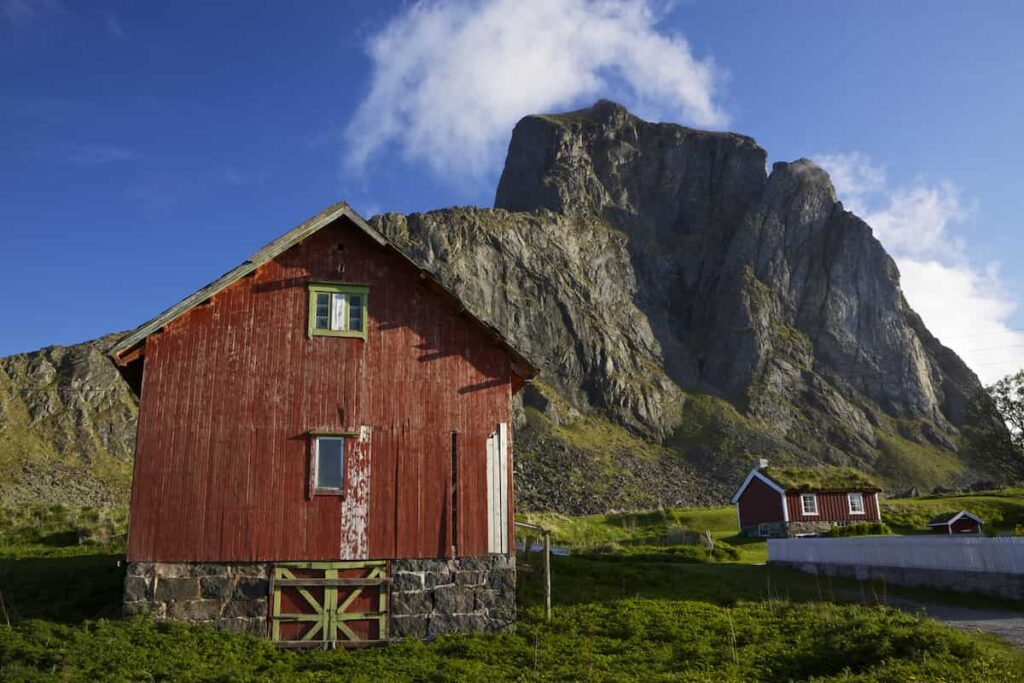
On the other hand, the term “Norse” encompasses the language, history, mythology, art, and religious beliefs of these ancient peoples, as well as their customs, traditions, and way of life.
The Norse culture and society was centered around warrior culture, seafaring and trading, and their society was organized in a hierarchical way, with a warrior elite ruling over farmers and craftsmen. The Norse people had a strong belief in Norse mythology and many of the customs and traditions of the present-day Nordic countries have their roots in Norse culture.
What’s the difference between Nordic vs Norse?
Nordic refers to the five countries of Norway, Denmark, Sweden, Finland, and Iceland, and their culture, language, and heritage. Nordic also refers to the region that includes these countries and the associated islands. Norse, on the other hand, refers to the ancient Germanic people of Scandinavia, including the Vikings.
Similar to what it means to be “Scandinavian”, being “Nordic” refers to the modern-day political and geographic boundaries of those five countries and the people, culture, language, and traditions associated with them.
Any references to being “Norse” though are much more commonly made with respect to more historical details, such as the language spoken by the Vikings. As such, anyone who refers to something that exists today as being “Norse” is likely mistaken in how they’re using this term, unless there is a specific Viking-related aspect being discussed.
Related: Norse Runes: Ultimate Guide to the Vikings’ Nordic Alphabet
What’s the difference between being Nordic vs Scandinavian vs Baltic?
Being Baltic refers to identifying with the culture, language, and heritage of the three Baltic countries: Estonia, Latvia, and Lithuania. These countries are located in the northeastern Europe, on the eastern shore of the Baltic Sea. As such, this doesn’t include Denmark, Sweden, Norway, Finland or Iceland.
It’s worth mentioning that Estonia is sometimes considered to be a Nordic country because of its location and cultural similarities to the other Nordic countries.
Indeed, Estonia has a close relationship with the Nordic countries, and the two have a long history of cooperation and collaboration in areas such as trade, culture, and politics.
However, it is not a member of the Nordic Council and is not commonly included in the definition of Nordic countries. While discussions are frequently undertaken within Estonia about whether or not to join the Nordic Council, this isn’t officially underway as yet.
Are Greenland and the Faroe Islands Scandinavian?
Greenland and the Faroe Islands are not considered to be Scandinavian countries. While they are both part of the Kingdom of Denmark, they have their own distinct cultures, languages, and histories. They’re also not located on the Scandinavian peninsula.
They do, however, have representation in the Nordic Council as autonomous territories of Denmark.
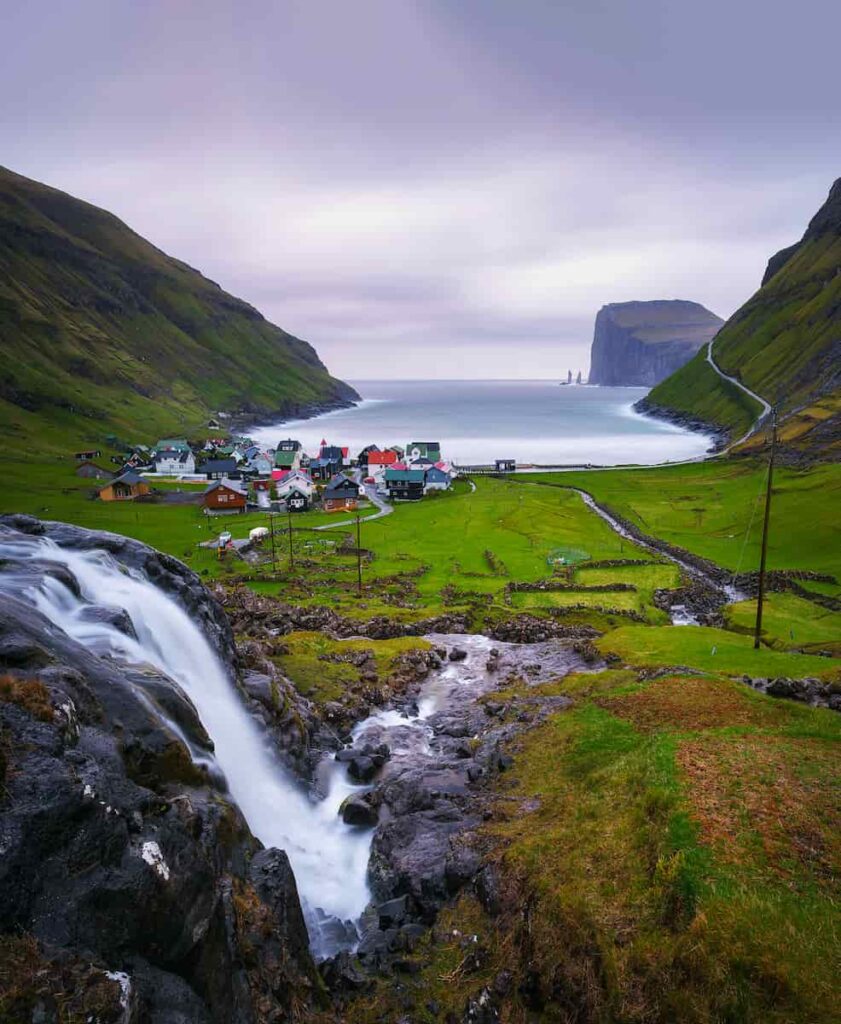
Is Greenland Nordic?
Greenland is considered to be part of the Nordic region because it is part of the Kingdom of Denmark and has representation in the Nordic Council as an autonomous territory. It is also located in Northern Europe, much like the other Nordic countries.
As Iceland shows, you don’t need to have a land border with any of the other Nordic countries to still be included in that club. On this basis, Greenland certainly meets the definition of being Nordic.
Related: Iceland vs Greenland: The Ultimate Guide
Do the Scandinavian countries accept Euros?
None of the Scandinavian countries accept Euros. While Denmark and Sweden are in the EU, they’ve chosen not to be in the Eurozone. Instead, all three have their own currencies: the Swedish krona, the Norwegian krone and the Danish krone, all of which are designated by the symbol “kr”.
This means that if you plan to visit Scandinavia, you’ll need to exchange some cash. Alternatively – as a much better option – make sure you travel with a bank card that doesn’t apply foreign exchange fees.
The reason for this is that the Scandinavian countries are largely cashless, to the extent that there are even some stores that won’t even accept cash. Using bank cards (or mobile payment apps) is far more common so make sure your card or phone is ready for this.
You may also be interested in: Can You Use Euros in Iceland to Pay for Things?
Are the Scandinavian countries in the EU?
No, only Denmark and Sweden are in the EU, while Norway is in the European Free Trade Association (EFTA) but not the EU. However, all three are members of the Schengen Area, allowing you to travel freely between them once you have entered this area.
That said, keep in mind that each Scandinavian country has their own requirements when it comes to living there, even if all of them are part of the Schengen Area. It’s best to check the government website of the country you’re interested in moving to in order to see exactly what’s needed.
As mentioned above, despite being EU member states, neither Denmark nor Sweden chose to join the Eurozone, meaning that they have their own currencies. However, these are pegged to the EU.
Is Scandinavian a race or ethnicity?
Scandinavian is not a race nor is it an ethnicity. It is a geographic and cultural term that refers to the three countries of Norway, Denmark, and Sweden, and the people, culture, language, and heritage associated with them.
The population of these countries is made up of people of various ethnicities, including the Greenlandic and Faroese people in Denmark and the Sami people of Norway and Sweden (as well as Finland and Russia), not to mention other immigrants.
Accordingly, the term “Scandinavian” is not a racial or ethnic category but rather a geographic and cultural one that encompasses the people, culture, and traditions of the region. Scandinavia isn’t a country either, in case it needs to be said!
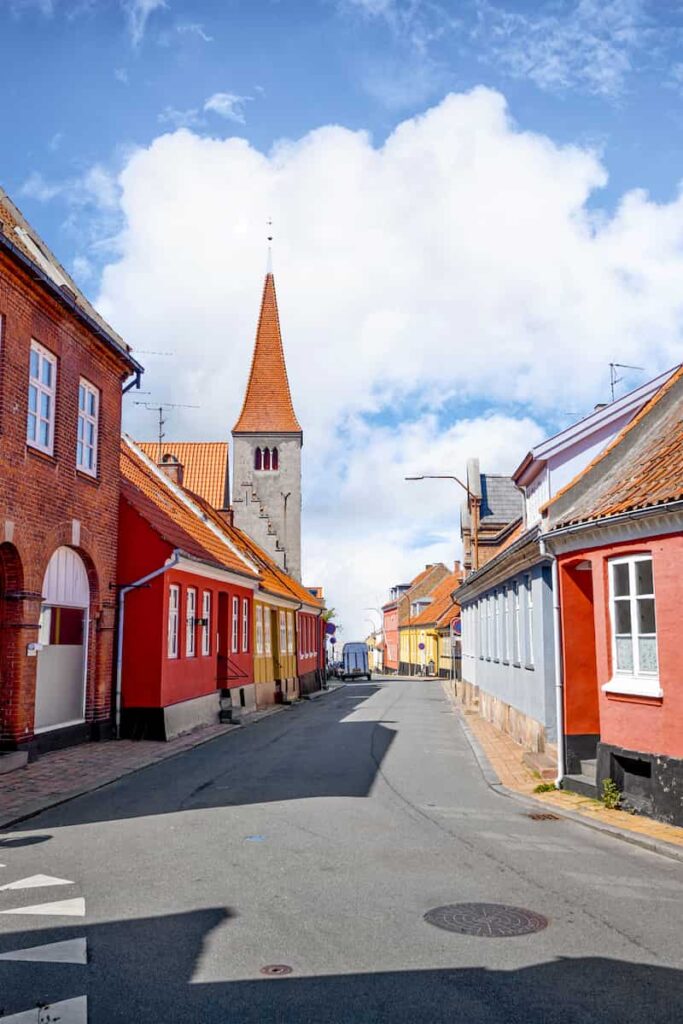
Can you see the Northern Lights in the Nordics?
Yes, it is possible to see the Northern Lights, also known as the aurora borealis, in the Nordic countries. Iceland is popular for this, as are places such as Tromsø in Norway, Lapland in Finland, and the Swedish mountains.
The Northern Lights are a natural phenomenon caused by the collision of charged particles from the sun with atoms in the Earth’s atmosphere. The best place to see the Northern Lights is in areas with low light pollution and clear skies, such as in the northern regions of the Nordic countries.
The best time to see the Northern Lights is during the winter months, when the nights are longest and the skies are the clearest. However, it’s worth mentioning that the Northern Lights are not guaranteed and sightings can vary depending on solar activity and weather conditions.
